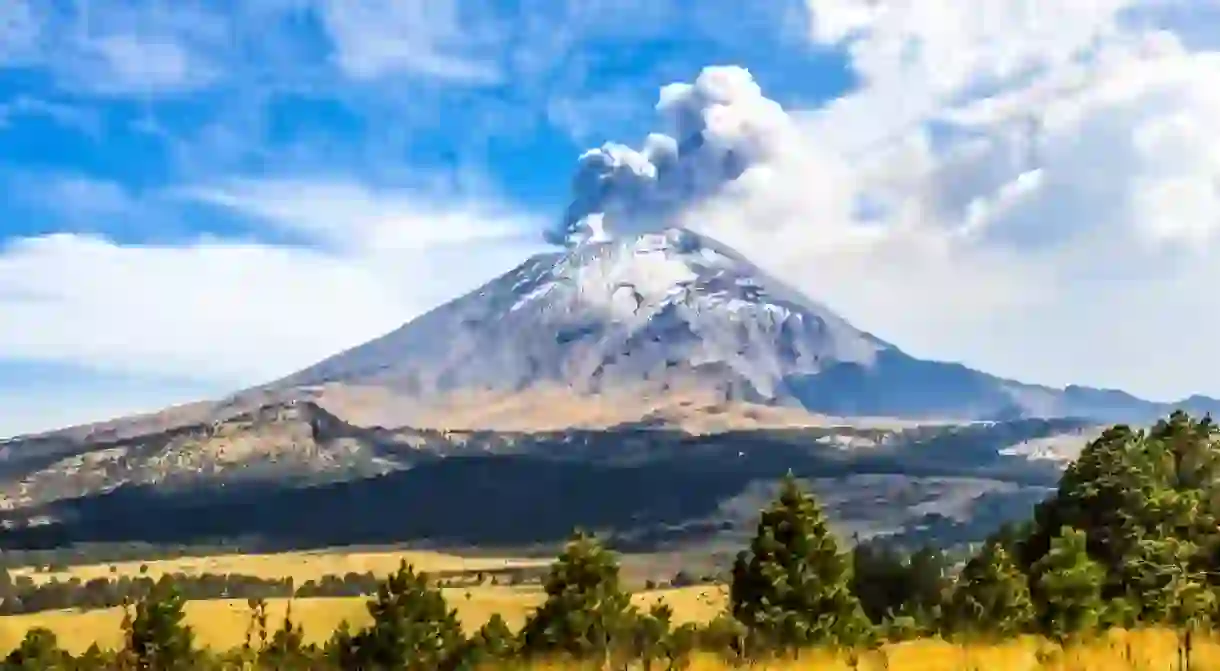12 Photos That Prove Mexico is Located in the "Ring of Fire"

The Pacific Ocean’s Ring of Fire is a horseshoe-shaped zone of fault lines that run along a series of tectonic plates and some smaller plates in the Philippine Sea and Pacific Ocean. Around 90% of the world’s earthquakes and 75% of the world’s volcanoes occur in the Ring of Fire, and because the western coasts of the United States and Mexico lay over the Ring’s eastern edge, they are the most earthquake- and volcano-prone areas of North America.
Fifty billion years ago, the Valley of Mexico (which is not a true valley but a plateau) was created by a series of volcanic eruptions and tectonic shifts in the highly seismic zone of Central Mexico. Since then, the region surrounding Mexico’s capital city has not stopped moving—literally.




In September 2017, Mexico had its most recent massive earthquake, which proved extremely damaging to Mexico City, Puebla, and other surrounding cities. However, there have been another 34 earthquakes of a magnitude of 7 or above near Mexico City since 1900, including the devastating 1985 earthquake, which killed and injured thousands.



Mexico City is also surrounded by volcanos, some active, some inactive, but none extinct, which means that there is always a possibility that one will erupt. In fact, the Popocatépetl Volcano, to the southeast of Mexico City, erupts quiet often, covering the surrounding towns and villages with a layer of ash that sometimes even makes its way to the capital.


Earthquakes in rural areas often devastate local infrastructure and roads, causing transportation issues for weeks on end.



Mexico’s ancient Nevado de Toluca is no longer active and instead has become a popular tourist destination where hikers and bikers train for high-altitude contests. Two lakes sit in the volcano’s craters: the Lake of the Sun and the Lake of the Moon.













